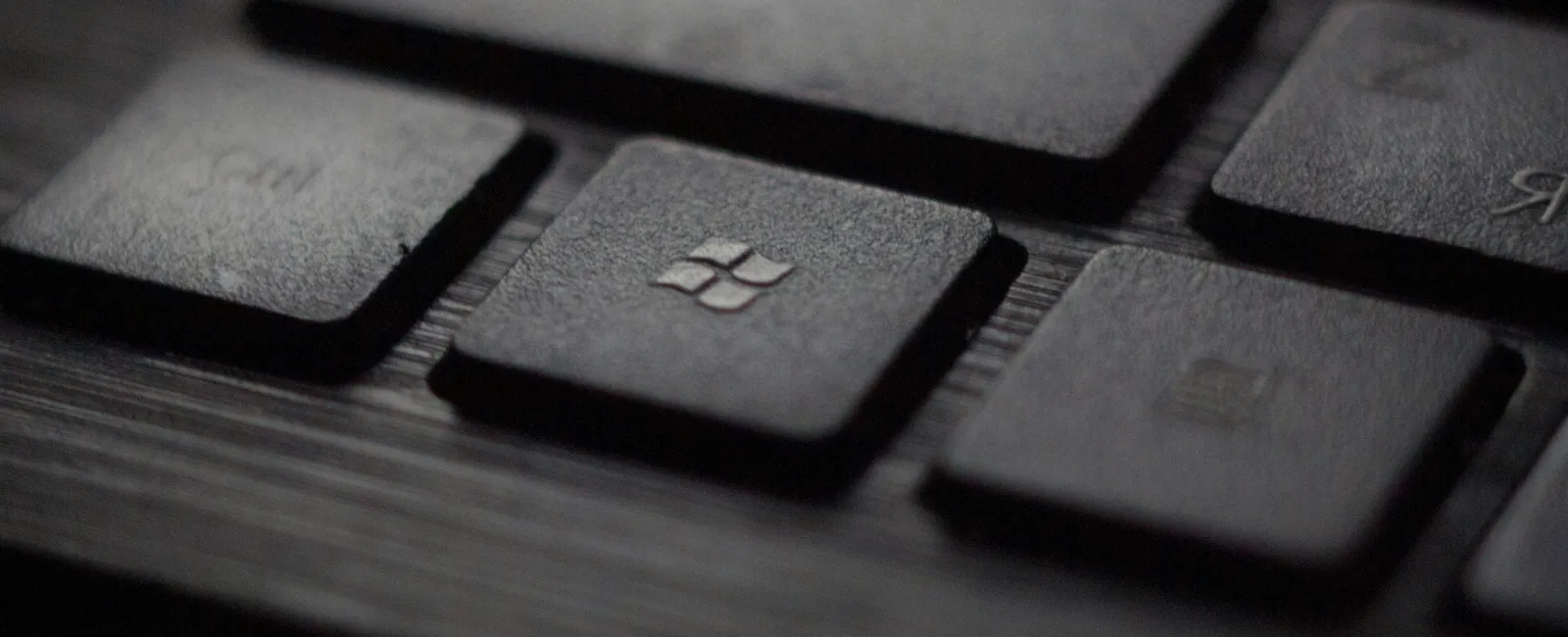Microsoft Sets End-of-Life for Windows 10: What It Means for Businesses and IT Planning
Windows 10 has been the trusted foundation for business computing since its release in 2015. But Microsoft has announced that support for Windows 10 will officially end on October 14, 2025. After this date, Microsoft will no longer offer security updates, technical assistance, or feature enhancements for any version of Windows 10.
This transition marks a critical moment for organizations still relying on Windows 10. Running outdated software not only puts sensitive data at risk but may also result in non-compliance with regulatory standards like CMMC, FTC, and PCI.
What Windows 10 End of Support Means for Your Business
Once Windows 10 reaches its end of life, here's what changes:
No more security updates: Microsoft will no longer provide patches for new vulnerabilities.
No technical support: Any issues with Windows 10 will be left unresolved by Microsoft.
Increased security risk: Unsupported systems are prime targets for ransomware, malware, and other cyber threats.
Compliance concerns: Running unsupported systems could violate cybersecurity frameworks in industries like defense, finance, and insurance.
Although your systems will technically still function after October 2025, the reality is they'll become more vulnerable and less reliable over time.
A Closer Look at Microsoft's Plans
Microsoft has confirmed that version 22H2 will be the final Windows 10 release. All supported editions will receive monthly security updates until October 14, 2025—but nothing beyond that. Importantly, Microsoft 365 apps will continue to be supported on Windows 10 until October 2028. Malware definitions for Windows Defender will also continue until that time.
For businesses unable to upgrade in time, Microsoft is offering Extended Security Updates (ESUs)—but they come with a cost and limitations.
ESU Pricing:
Year 1: $61/device (or $45 for Intune/Autopatch users)
Year 2: $122/device
Year 3: $244/device
Consumer users can purchase one year of ESU for $30/device—non-renewable and strictly limited.
Hardware Compatibility Challenges with Windows 11
Upgrading to Windows 11 isn't as simple as clicking a button. The new operating system demands modern hardware—many older devices won't qualify.
Common upgrade roadblocks include:
Processor incompatibility: Only newer CPUs (Intel 8th gen and up) are approved.
TPM 2.0 requirement: Trusted Platform Module support is mandatory—and often not enabled.
UEFI and Secure Boot: Systems using legacy BIOS or MBR disk formatting will fail checks.
Using Microsoft's PC Health Check Tool is a crucial first step. It's important to run this early to plan for any necessary hardware replacements. Reliable managed IT companies, such as TechSage, can assist clients in evaluating their systems.
The Risk of Waiting: Compliance and Business Continuity
Professional services firms, especially those in regulated industries, face serious consequences for operating on unsupported systems:
CMMC Compliance: Required for defense contractors; running Windows 10 past EOL may disqualify you.
FTC Safeguards Rule: Financial and insurance firms must demonstrate up-to-date cybersecurity controls.
Cyber Insurance: Policies may be voided by non-compliant infrastructure.
Audit Failures: Systems lacking patches or vendor support may be flagged during compliance reviews.
Ensure your IT professionals staff includes CMMC Certified Professionals who specialize in guiding clients through compliance and transition planning.
What If You Don't Upgrade?
If your business does not migrate by October 2025:
You'll lose access to updates that fix critical security flaws.
Software vendors may stop supporting Windows 10.
You may face growing hardware compatibility issues.
Regulatory bodies may penalize you for non-compliance.
Microsoft's ESU program is available, but it's meant as a last resort—not a long-term solution. The escalating cost structure is designed to encourage businesses to move on.
Windows 11 Brings More Than Just Updates
Microsoft is positioning Windows 11 as the foundation for its future. Features only available on Windows 11 include:
AI Tools: Integration with Microsoft Copilot for productivity in Excel, Outlook, Teams, and more.
Enhanced Security: Hardware-enforced features and phishing-resistant authentication.
Improved Performance: Faster boot times, better multitasking, and a modern UI.
Enterprise-Ready: Better support for hybrid work, device management, and cloud integrations.
With nearly 80% of businesses planning PC refreshes by the end of 2025, the transition to Windows 11 is becoming a key part of strategic IT planning.
How to Prepare for the Transition
Organizations should work with their managed it support company to prepare for Windows 11 through:
Run the PC Health Check Tool to assess device compatibility.
Inventory Current Devices and identify those that require replacement.
Create a Budget and Timeline for hardware refreshes.
Explore Microsoft's ESU Options only if absolutely necessary.
Align the Upgrade Plan with IT Strategy, including compliance requirements and user training.
If you're not sure whether your systems are ready—or how to make the leap—TechSage offers one-on-one consultations to build a plan that works.
FAQs: Windows 10 End of Life
Q: Can I keep using Windows 10 after October 2025?
Yes, but at your own risk. Security updates and technical support will no longer be available.
Q: What happens to Microsoft 365 apps on Windows 10?
Microsoft 365 will continue to receive updates on Windows 10 until October 2028.
Q: How do I check if my PC can run Windows 11?
Use the PC Health Check Tool from Microsoft or contact TechSage for assistance.
Q: Will TechSage help with Extended Security Updates?
Yes. We'll help you assess if ESUs are right for your situation and handle enrollment.
Q: Are Windows 11 upgrades free?
Windows 10 users with eligible hardware can upgrade at no cost.
Final Thoughts: Don't Wait Until the Deadline
October 14, 2025, marks the end of Windows 10 support. That date will arrive faster than many expect—and planning ahead is essential.
The safest path forward is migrating to Windows 11 on supported hardware. For those who need more time, ESUs provide a temporary solution—but at a cost and with limitations.
Start now by assessing your systems, budgeting for replacements, and aligning IT decisions with your organization's broader goals.
Staying ahead of this transition means staying secure, compliant, and ready for the future.
Start today. Schedule a discovery call and secure your upgrade roadmap.




